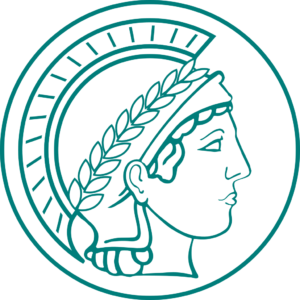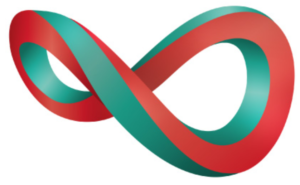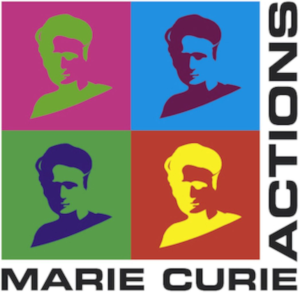Research
What is life and could it be different? Is it possible to build a living cell from scratch? While questions like these have fascinated mankind for centuries, it is exciting that science begins to develop tools to approach them. Bottom-up synthetic biology conventionally isolates and subsequently recombine biomolecules from cells. Instead of copying life as we know it, our group tries to engineer cells featuring completely new ways of assembly, information propagation and replication. Thereby, it will be possible to probe boundary conditions of life and, from a practical point of view, to build biomedical interfaces between natural and synthetic cells.
Towards this goal, we are combining biophysical tools, including DNA origami, microfluidics, lipid vesicles and 3D printing with experimental methods, like confocal and high-speed microscopy, atomic force microscopy, cryo-electron microscopy and computational approaches.
Currently, we work on the following projects:
– DNA nanotechnology and DNA origami for synthetic cells
– Symmetry breaking in synthetic cells
– Mechanics of membrane-based compartments
– 3D printing for synthetic cells (integrated into the excellence cluster 3D Matter Made to Order)
– Information encoding and processing
Sounds interesting? We always welcome applications from motivated, talented and friendly new group members at all levels with a background in physics, molecular biotechnology, chemical engineering or similar – see Join Us.
How do you fold DNA? This animation illustrates the DNA origami principle: A long single-strand of DNA is folded into the desired shape using short chemically synthesized DNA strands. Each strand is unique, making it addressable for chemical functionalization. This way, we design dynamic DNA-based architecures for synthetic cells.
Why is microfluidics useful for synthetic cell assembly? This video shows how we use microfluidics as a tool to generate and manipulate cell-sized compartments. Lots of on-chip functions are available, which we repurpose for the assembly of synthetic cells.
Funding
We gratefully acknowledge funding from current and previous sources.

Max Planck Society: Funding for the Max Planck Research Group, including several PhD and postdoc positions, equipment and consumables (2019-2024).

3D Matter Made to Order: Funding by the German Research Foundation under Germany´s Excellence Strategy via the Excellence Cluster 3DMM2O (from 2019).

Marie Skłodowska-Curie: Postdoctoral fellowship to Kerstin Göpfrich, from the European Union’s Horizon 2020 research and innovation program (2017-2019).
